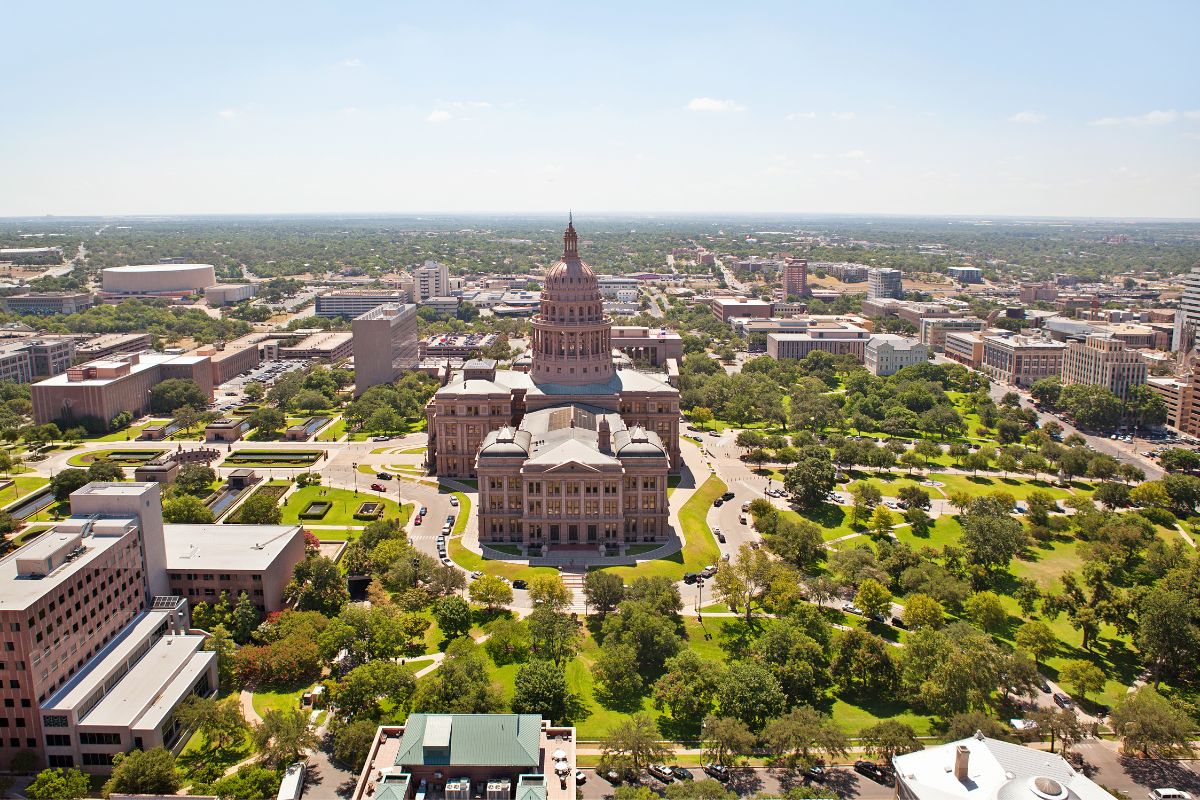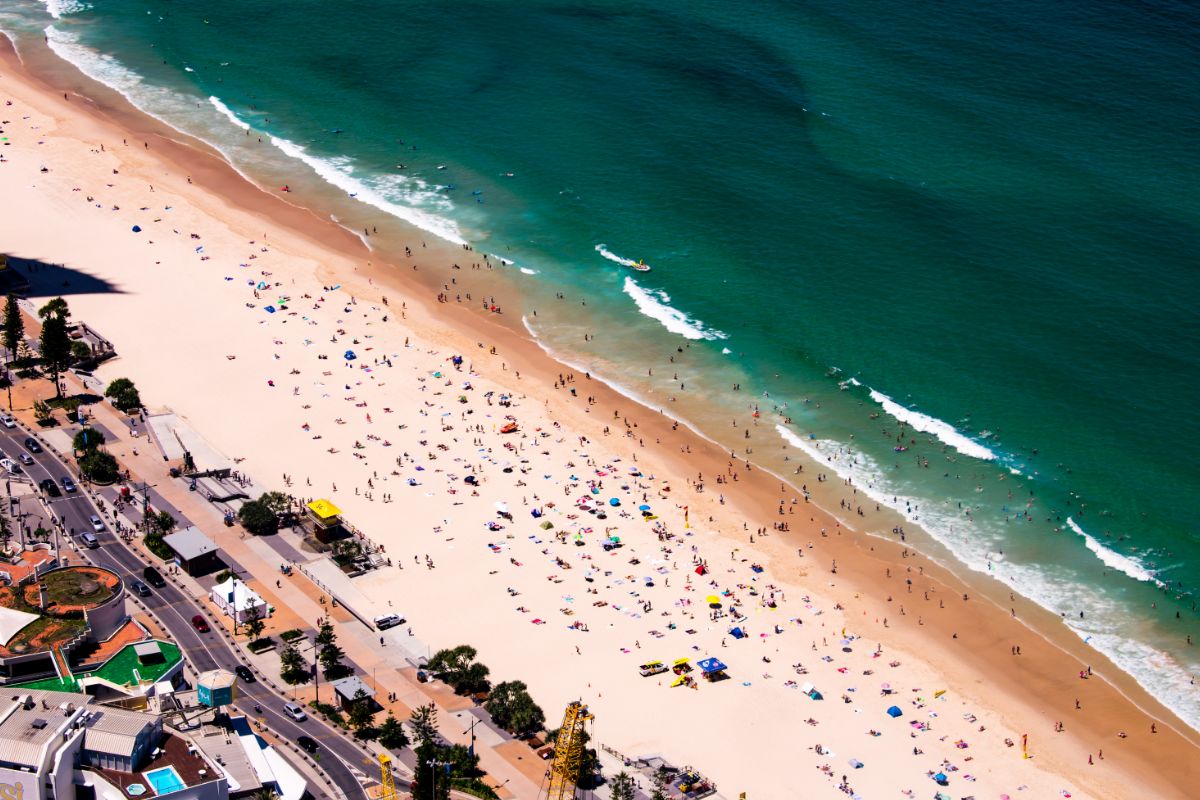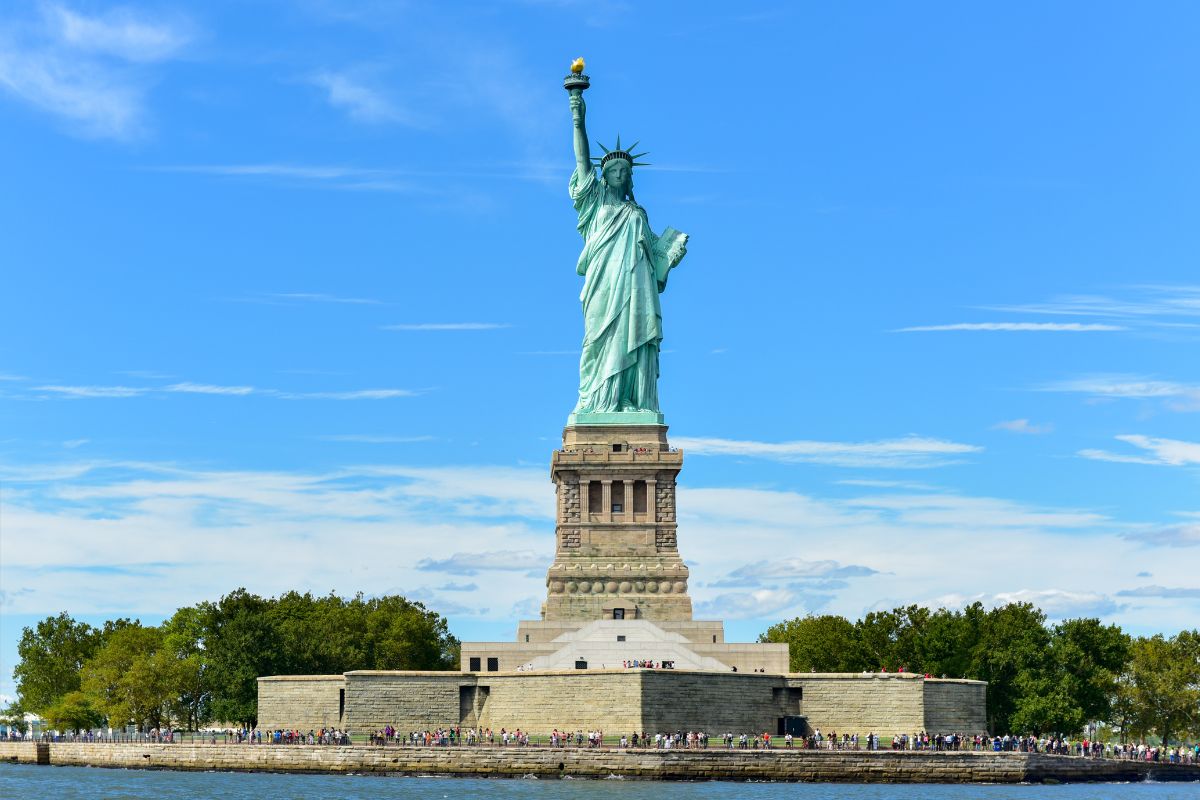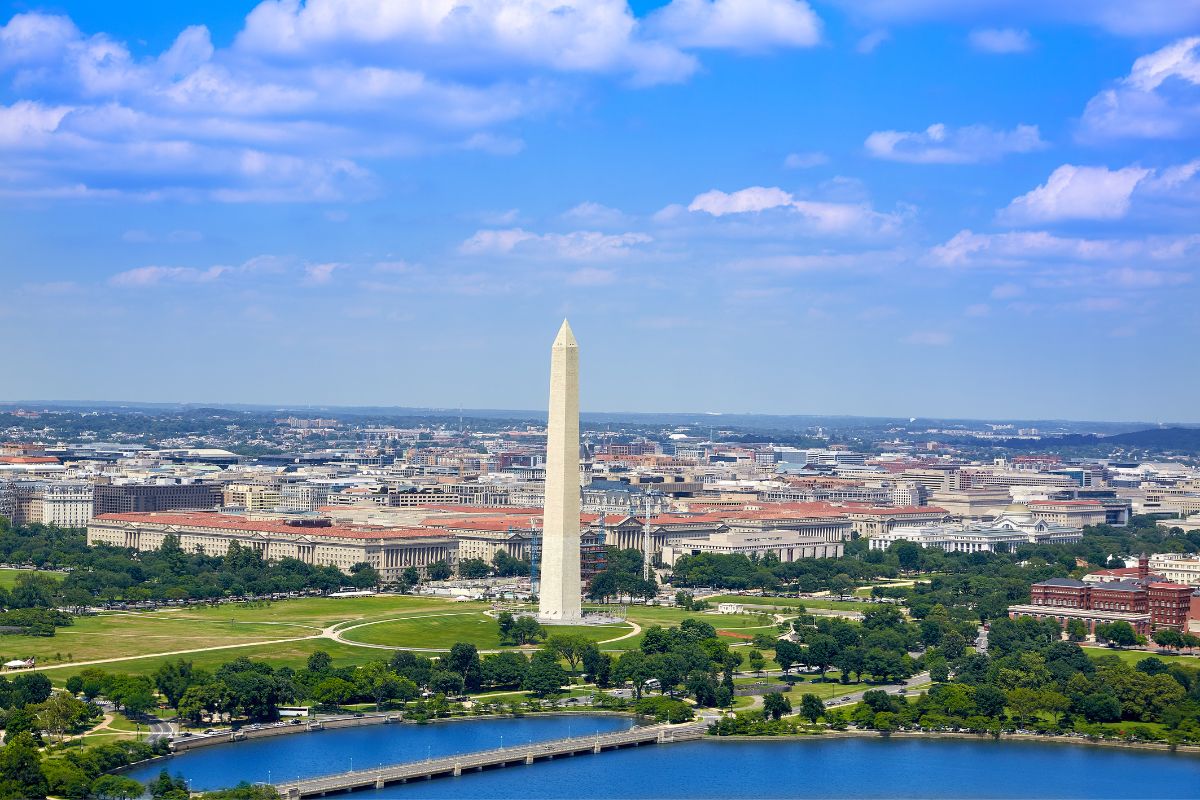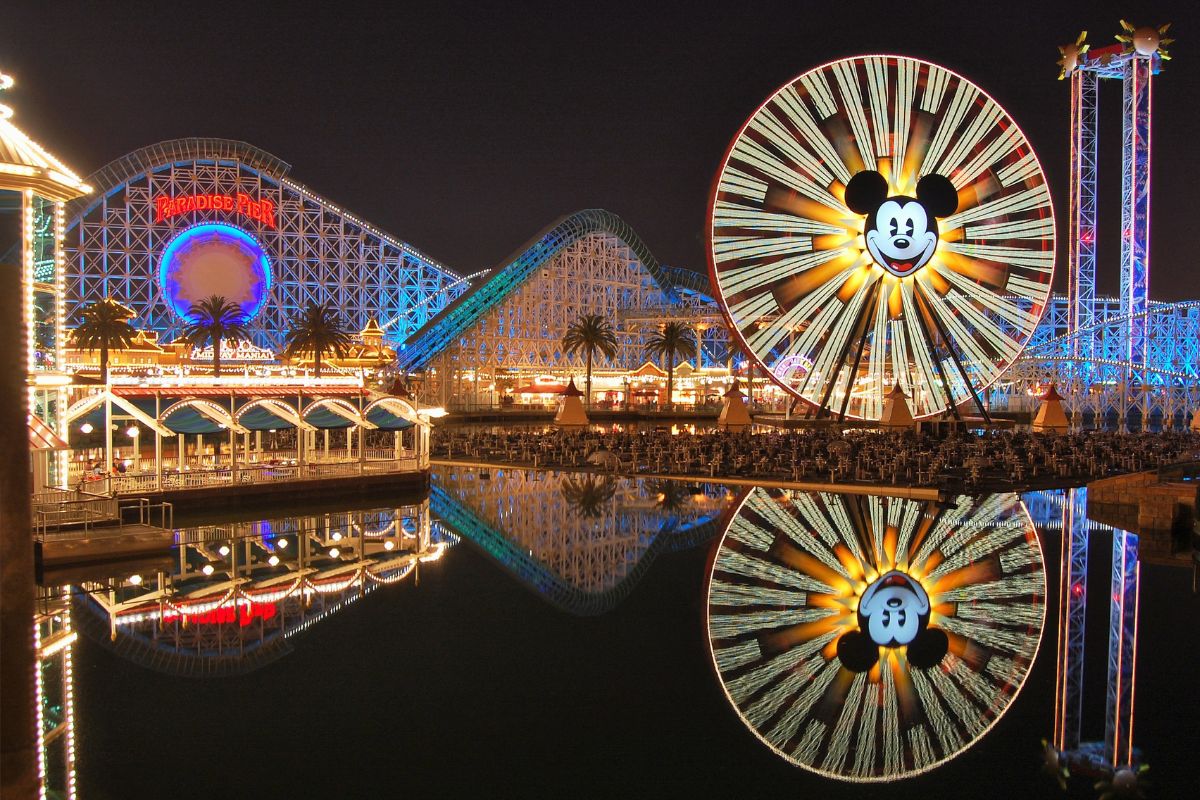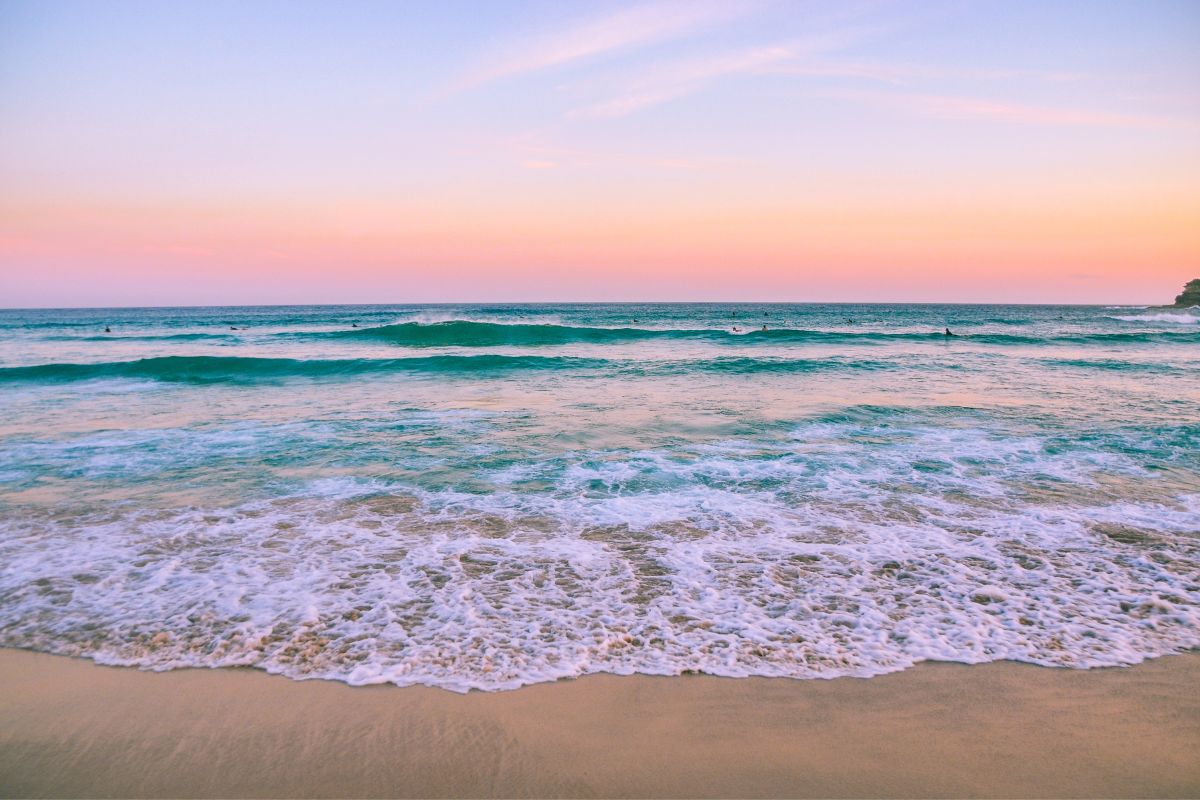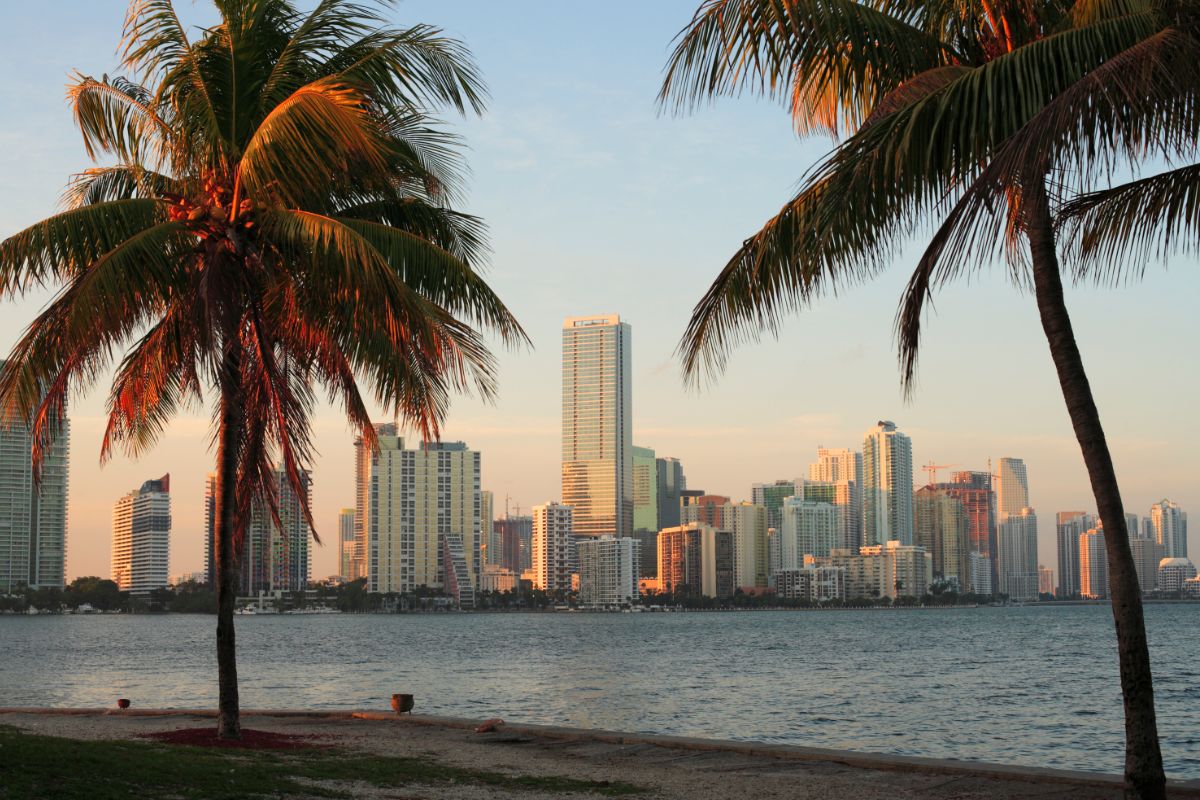Despite its relatively small size, Hawaii is a state loaded with national parks. Each one is steeped in Hawaii’s colorful history, where you can immerse yourself in the state’s incredible culture and the heritage of the Native Hawaiians.
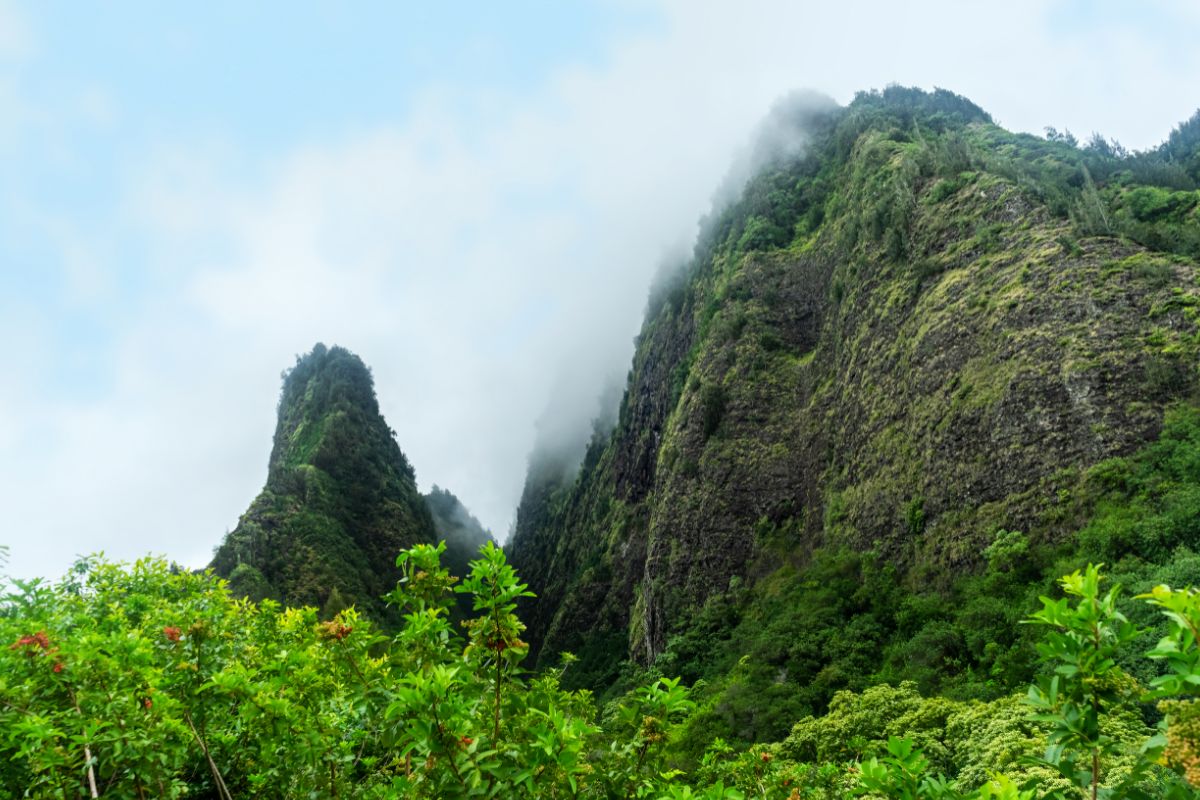
Hawaii is known for its breathtaking beauty and enchanting landscapes, and many of its most picturesque places are in national parks.
From the dramatic volcanic landscapes of Hawaii Volcanoes National Park to the lush rainforests of Haleakalā National Park, Hawaii’s national parks are a must-visit for any nature lover or thrill seeker.
Around every corner are captivating sights, sounds, and experiences. Whether it’s exploring ancient lava tubes, hiking to hidden waterfalls, or snorkeling in vibrant coral reefs, this oasis of beauty has a host of natural wonders waiting to be unveiled to you.
But, where do you even begin? Just a quick search and you’ll be lost as to what national park and areas you should visit. Worry not, as we have compiled this comprehensive guide on 5 national parks you need to visit on your next Hawaii adventure.
Each national park promises to deliver unforgettable memories that will leave you in awe and with a profound appreciation for the natural wonders of the Aloha State.
1. Pu’uhonua o Honaunau National Historical Park
We start with an area of outstanding natural beauty and one of the most significant and sacred archeological sites in the whole of Hawaii – Pu’uhonua o Honaunau National Historical Park.
Located on the west coast of Hawaii on the Kona coast, this national park is translated into “Place of Refuge” where people of ancient times could escape to and have their crimes absolved by a priest.
The islands were once governed by highly restrictive laws. If these laws, known as “kapu,” were violated, the punishment was often death, unless they sought refuge here.
Pu’uhonua o Honaunau National Historical Park offers so much more for history buffs and those interested in Hawaiian culture. The site itself is enclosed by a large L-shaped masonry wall, which has been standing for over 400 years.
This protected injured soldiers, women, and children during many wars that ravaged the region over the centuries.
There are multiple ancient archaeological sites, as well as reconstructed historical sites, to explore in this national park.
From coastal villages to temple platforms and sledding tracks to royal fishponds, Pu’uhonua o Honaunau National Historical Park is abundant in rich historical locations where you can spend days exploring trails.
2. Hawaii Volcanoes National Park
Situated on the captivating Big Island of Hawaii, this remarkable national park is home to two extraordinary volcanoes: the ever-active and domineering Kilauea and the colossal Mauna Loa.
Showcasing a striking contrast of landscapes, the park spans a range of elevations, from sea level to the towering summit of Mauna Loa at a gargantuan 4,168 meters.
Here, snow occasionally blankets the rugged terrain, giving the landscape a scene that wouldn’t go amiss in Lord of the Rings!
Within its boundaries, visitors can explore an incredible diversity of ecosystems, from vibrant tropical rainforests teeming with life to otherworldly volcanic deserts, offering an awe-inspiring journey through the island’s geological wonders.
As the name suggests, Hawaii Volcanoes National Park boasts a captivating display of active and historic lava flows, including the continuous eruption at the Halema’uma’u crater in Kilauea, often visible from the overlook at the Jaggar Museum.
Be sure to observe the two distinct types of Hawaiian lava, too – the rugged and sharp a’a, and the smooth and undulating Pahoehoe.
For accommodation options, the park provides two campsites, one of which offers cabin rentals, while the Volcano House Hotel offers upscale rooms for those seeking a more luxurious stay.
Because it can get pretty busy in peak summer season, we strongly recommend making reservations in advance to secure your preferred lodging.
3. Iao Valley State Monument
Tucked away in the stunning Iao Valley on the western side of Maui, you’ll discover the magnificent Iao Needle. This towering pinnacle of basalt, reaching an impressive height of 366 meters, gracefully overlooks the picturesque Iao River valley.
If you fancy yourself as a photographer, you’ll get some of the best photos here!
This area is another hot spot for historians! Revered by the locals as Kuka`emoku and symbolizing the sacred stone of Kanaloa, the Hawaiian deity of the ocean, the Iao Needle served as a natural altar and a strategic vantage point during historical conflicts.
Although no official trails lead to its summit, a few intrepid hikers have ventured through the dense foliage, forging their own path to reach its lofty peak.
It must be pointed out, however, that climbing the Iao Needle is extremely dangerous. Therefore, only experienced hikers should ever attempt this climb.
When you visit this region today, you’ll be met with a serene tranquility. The valley offers glorious hiking trails, a mesmerizing array of tropical flora, and swimming holes that seem to invite you in.
The Iao Valley, with its narrow entrance and abundant resources, served as a natural stronghold during times of conflict.
Thus, when King Kamehameha I launched his invasion of Maui in the summer of 1790, the Maui army chose to make their final stand in this strategic location.
The decisive outcome of the battle marked a pivotal moment in Hawaiian history, ultimately leading to the islands’ numerous chiefdoms unifying in 1810.
Heaps of history and stunning landscapes to explore – what more could you want?
4. Haleakala National Park
Get ready to give your eyes the treat of a lifetime at Haleakala National park! Encompassing a significant portion of Maui’s landmass, the colossal Haleakala stands as one of the largest dormant volcanoes on Earth.
Now a part of a national park, its expansive lunar scenery beckons exploration, with mind-blowing scorched cinder cones and intriguing lava caves at every turn.
Established in 1916, this captivating park spans across the eastern regions of the island, encircling the vibrant, yet untamed Kipahulu coastline.
The juxtaposition of lush rainforests, picturesque pools, and shimmering waters against the desolate lava fields and rugged terrains creates a captivating contrast. Again, make sure you pack that camera!
Of course, most tourists flock to the ocean for a refreshing swim when they arrive in Hawaii. But, to get the real Hawaiian experience, you need to have an adventure!
In Haleakala National Park, you can hike up the slopes of the majestic volcano and descend into its awe-inspiring crater.
This experience just gets better with breathtaking sunrises and sunsets from the summit, towering at 10,023 feet.
From this vantage point, one can marvel at the sight of five other islands in the distance, while the park’s renowned stargazing sites add to its wonder.
5. Kaloko-Honokohau National Historical Park
Around every corner in Hawaii, you can learn about the incredible traditions and culture of the people. One place that is packed with historical sites and tours is Kaloko-Honokohau National Historical Park.
Here, you can enjoy the ancient seaside settlement, old fishponds, and take a step back in time with the park’s recreated buildings.
Kaloko-Honokohau National Historical Park opened in 1978 along the Kona coast, but the site is home to hundreds of historical features.
There are fish traps, religious sites, and ancient stone walls on show, highlighting how the land and sea were used by generations of Hawaiians. One ancient settlement is even believed to be over a thousand years old!
Aside from the rich history in the area, visitors can also enjoy the jaw-dropping scenery and astonishing nature. Kaloko-Honokohau National Historical Park boasts heavenly beaches, old lava fields, and palms that sway gently in the tropical breeze.
All you’ll need is a hammock and some time to relax!
Kaloko-Honokohau National Historical Park helps protect many kinds of wildlife, from sea turtles to seals, which you can often see in the serene waters. Heaven is a place on Earth, after all.
How Many National Parks Are In Hawaii?
There are currently nine national parks in Hawaii. As well as the five mentioned above, there are also the following:
- Puukohola Heiau National Historic Site
- Kalaupapa National Historical Park
- Pearl Harbor National Memorial
- Ala Kahakai National Historic Trail
Each park is unique and deserves a visit. From the site of where an attack led to the U.S. joining World War II to sacred areas revered by Native Hawaiians, Hawaii ‘s national parks are perfect for exploring and learning about the state’s fascinating culture and history.
In Summary
Hawaii has some of the most beautiful scenery in the world. When visiting any of these parks, you can discover the natural wonders Hawaii has to offer.
From the dramatic landscapes of Hawaii Volcanoes National Park, home to the world’s most active volcano and the largest volcano on Earth, to the serene beauty of Iao Valley State Park with its historic significance, these parks offer an array of experiences that you will never forget.
- The 10 Most Dog Friendly Hotels in Glasgow: A Comprehensive Guide for Pet Parents - September 29, 2023
- The 8 Best Dog Friendly Hotels In Liverpool For You And Your Dog - September 25, 2023
- The 8 Best Dog Friendly Hotels In Weymouth For Your Coastal Trip - September 23, 2023

